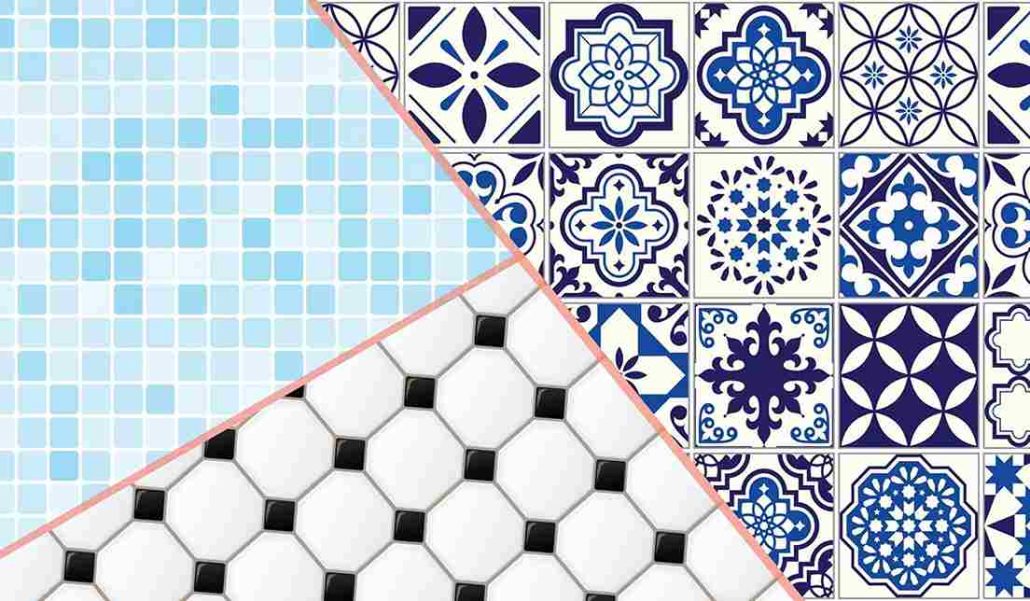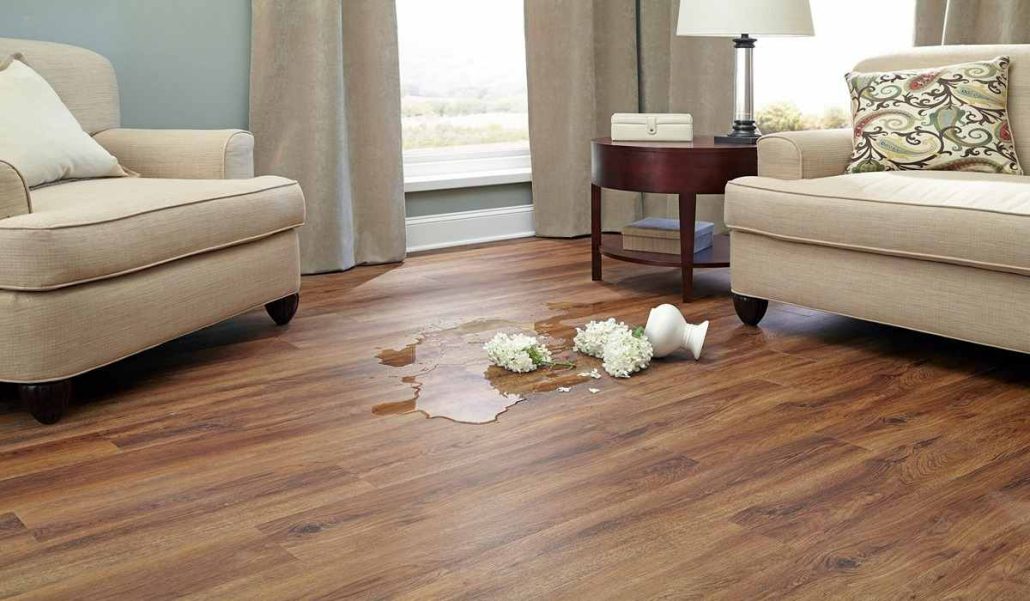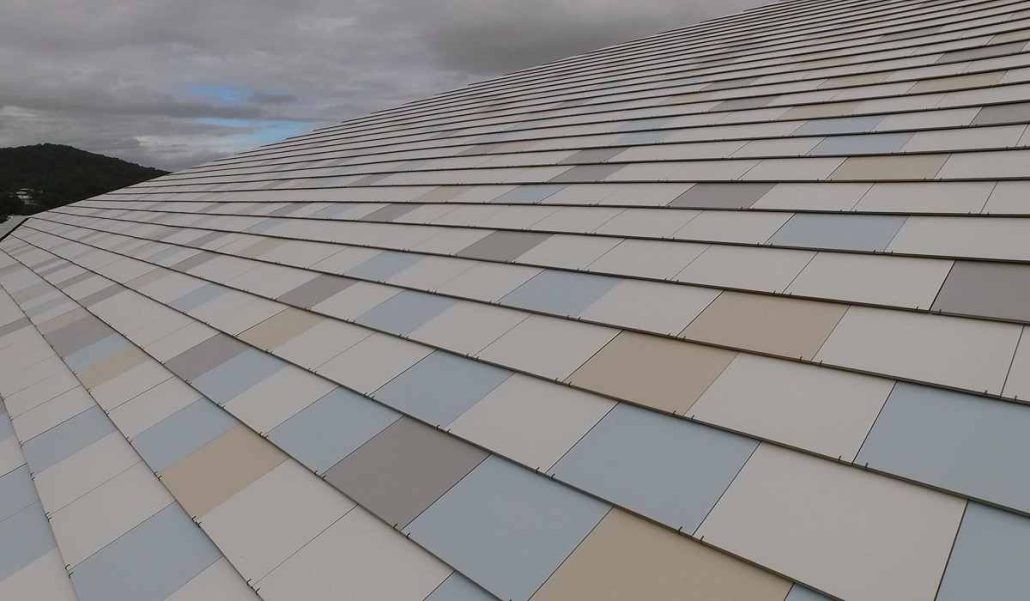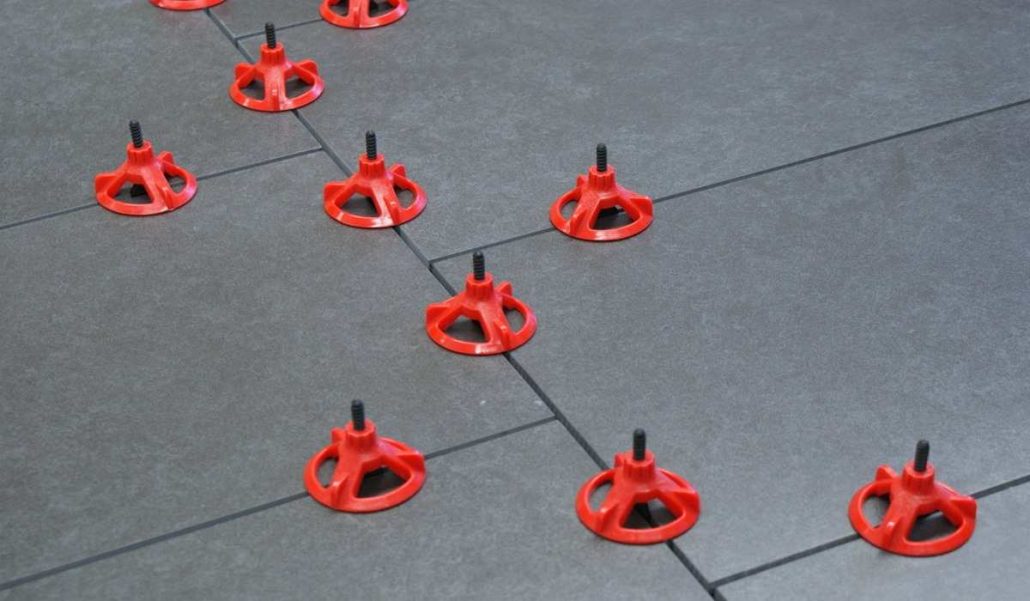As you might guess, porcelain or ceramic tile is not waterproof, but it is water resistant. Porcelain tiles are exactly what is often referred to as “moisture resistant”.
This means they are impervious to moisture, meaning they can be used for shower walls or wet rooms without damaging them.
This means that if you soak them in water long enough, they will eventually allow water to pass through.
There are several misconceptions about the term “waterproof”. To be waterproof, something must be completely resistant to the effects of water.
This indicates that regardless of the conditions, it should be tightly closed and not allow moisture to enter.
As a result, only a few products are waterproof. Your phone is not one of them.
It has good water resistance. “Water resistance” refers to a sliding scale where things may be “more” or “less” waterproof than the term “waterproof”. However, you should note that tile, especially porcelain tile, is very resistant to water.
Porcelain tiles are exactly what is often referred to as “moisture resistant”.

This means that they are impervious to moisture, meaning that mere exposure to wet rooms or bathrooms will not destroy them.
Given that porcelain is more resistant to water than ceramic tiles, it is the ideal material for these purposes.
This is due to the slightly different types of clay and heating techniques used to create ceramic and porcelain tiles.
As a result, ceramic has a softer and more porous surface and is perhaps more suitable for the kitchen.
Does moisture proofing mean ignoring mold and other issues? Unfortunately not! Due to the ambiguity of the term “anti-moisture”, water droplets can still be absorbed if left on the porcelain surface for a longer period of time.
In addition, damp surfaces may provide a favorable environment for mold spores to form, resulting in the growth of dangerous and unsightly black mold on your surfaces.
Most people are unaware of the severity of the mold problem.
Mold is significantly more dangerous to your health and property than just a small nuisance and will only get worse if you ignore it.

Many people believe that mold is always present in toilets and mold will always be present in humid environments.
However, you should not accept or tolerate mold in the bathroom or elsewhere.
Here, we’ll look at how lifestyle modifications and remodeling your bathroom can reduce the amount of mold in your bathroom. However, you need to understand the format first.
Where does it start and what are its possible factors?
Mold is caused by numerous tiny “spores” that float in the air and are attracted to moist, damp areas. Consequently, if your roof has a leak that causes water to drip down the wall, mold is likely to develop over time.
Mold is commonly found in bathrooms, in part because you generate a lot of steam while providing few opportunities to escape.
However, keep in mind that cold walls or windows may exacerbate this issue.
Why? Because the cold surface forces water droplets to condense and turn into water.
A small bathroom, multiple hot showers, and a small, cold window make for a musty cubicle.

Using less water and showering at cooler temperatures to produce less moisture is good for the environment and your budget.
After use, wipe all surfaces with a dry cloth. In addition, additional damage such as water stains is avoided.
Use a ventilation fan
Allow the window to remain open
Install underfloor heating to prevent condensation.
There are more measures to keep the toilet dry and prevent injury.
It is also recommended that you spray mold-killing solutions frequently and ensure that your shower screen is properly sealed. Finally, watch out for any water that may be leaking from the base of the tub.
The Chinese waterproof quality review is finally complete, but wait! There is one additional factor to consider: what about grout? Although modern bathroom design favors closely spaced tiles, grout is still used between them, so there is no watertight seal.
As a result, regardless of how waterproof your tiles are, grout creates a potential weak spot that could damage your bathroom.
Fortunately, a grout sealer offers a remedy. In particular, epoxy grout should be used with this product, carefully placed only after the epoxy grout has completely dried.
Try using it with a toothbrush, rolling it on, spraying it or sprinkling it on.

This adds a protective layer to the grout and prevents it from coming in contact with moisture.
This means it stays dry and is less prone to mold and rot. However, remember that no seal is 100% waterproof.
Small amounts of moisture can still be lost, and it is possible that very small areas may be overlooked.
Water resistance is an important factor to consider when choosing tiles, especially for flooring, kitchen splashbacks, shower surrounds and outdoor settings.
The higher the tile score, the faster it absorbs water, and the denser the tile, the less water it absorbs.
Porcelain tiles are the most popular alternative due to their strong water resistance and low absorption rate. Let’s examine what this means.
The American National Standards Institute (ANSI), an independent, non-profit organization, evaluates a wide range of properties, including tile density. Grades are determined using a water permeability test.
This involves boiling the tile and measuring the weight gain from its dry form.

Water absorption rates determine the amount of moisture a particular tile will continuously absorb.
The tile’s water resistance may be determined by its thickness. The ranking method of this group for water absorption rate includes the following four separate categories:
Low or non-vitreous density: This material absorbs more than 7% of water. These tiles should only be used indoors.
Approximately 3 to 7% of water is absorbed by medium-density or semi-vitreous materials. Furthermore, these tiles should only be used indoors.
Between 0.5 and 3% of water is absorbed by high-density vitreous materials. These tiles can be used both indoors and outdoors.
Water absorption less than or equal to 0.5%. In this category are porcelain tiles that can be used everywhere.
Although certain tiles, such as real stone, may be water resistant, the sealant is mostly responsible for that.
Even though some stones, like granite, are harder and less porous than others, the sealer is still important because it protects the tile over time.
However, the kiln coating of modern porcelain tiles prevents water from penetrating their surface.










Your comment submitted.